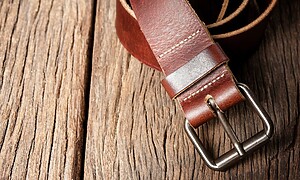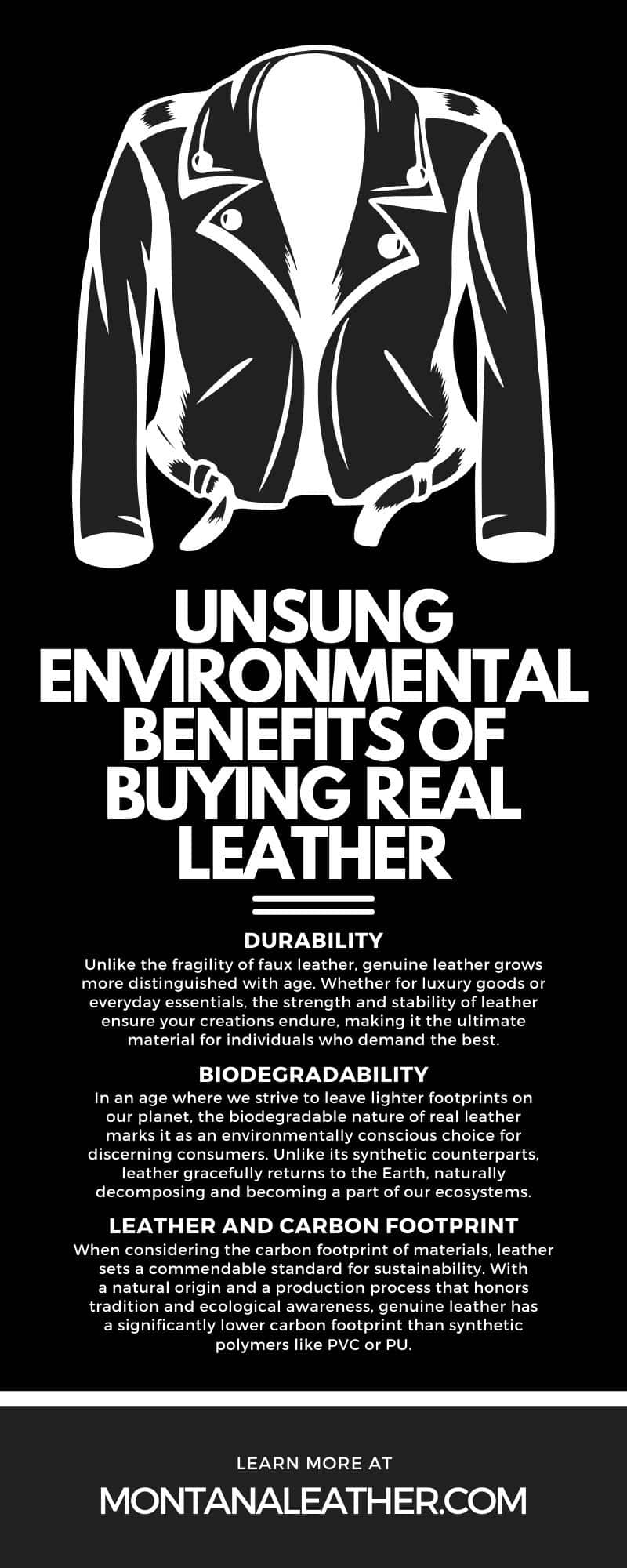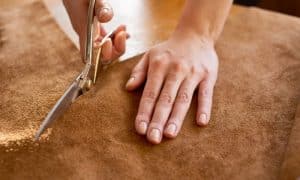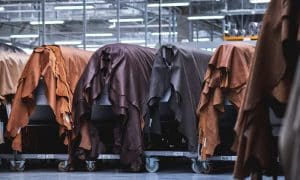Real leather is an excellent choice as you prioritize sustainable materials for crafting projects. There are many unsung environmental benefits of buying real leather that ensure your next leather project is sustainable and a work of art. Discover these benefits below and why real leather is the best choice for your future crafting ideas.
Understanding Real Leather
Real leather distinguishes itself by its unmatched longevity and the rich patina it develops over time, which synthetic materials cannot emulate. Each piece tells its own story, showing its tensile strength and resilience with every use as a testament to leather’s enduring nature.
Genuine leather offers a spectrum of textures, thicknesses, and finishes, ensuring versatility for bespoke creations. This environmentally conscious material reminds us that true quality transcends the fleeting allure of fast fashion, inviting artisans and consumers alike to invest in sustainability.
The Myth of Synthetic Leather
Synthetic leather, frequently hailed as a cruelty-free alternative, falls short under closer scrutiny, particularly regarding the environment. Although presented as an ethical choice, these human-made materials rely heavily on petrochemical processes, contributing significantly to pollution and non-biodegradable waste.
Contrary to genuine leather, synthetic variants do not age gracefully or possess the capacity to decompose naturally, burdening landfills for centuries. The perceived cost-effectiveness of faux leather overshadows its shorter lifespan and the eventual environmental costs of its disposal.
Environmental Benefits
Real leather has a notable reputation in the world for numerous reasons, especially when it comes to sustainable standards. Buying real leather has many unsung benefits that balance craft and functionality. Understanding these benefits ensures your next leather project will be a memorable creation that outdoes a plastic or faux leather product.
Durability
The unmatched durability of real leather is a legacy of excellence. As you handle a product crafted from this robust material, you’re engaging with an item that’s built to withstand the test of time, outperforming synthetic options in longevity and elegance.
Unlike the fragility of faux leather, genuine leather grows more distinguished with age. Whether for luxury goods or everyday essentials, the strength and stability of leather ensure your creations endure, making it the ultimate material for individuals who demand the best.
Biodegradability
In an age where we strive to leave lighter footprints on our planet, the biodegradable nature of real leather marks it as an environmentally conscious choice for discerning consumers. Unlike its synthetic counterparts, leather gracefully returns to the Earth, naturally decomposing and becoming a part of our ecosystems.
This remarkable characteristic underscores leather’s role in promoting sustainable life cycles, making it the responsible option for those who care for the environment as much as they value quality. Embrace the craft of leather and revel in the knowledge that your choice supports a process that harmonizes with nature’s rhythms.
When considering the carbon footprint of materials, leather sets a commendable standard for sustainability. With a natural origin and a production process that honors tradition and ecological awareness, genuine leather has a significantly lower carbon footprint than synthetic polymers like PVC or PU.
The long lifespan of real leather means fewer replacements and less waste, which translates into a more conservative carbon output over time. Conscientiously choosing leather is an aesthetic and tactile decision that mitigates your carbon footprint, solidifying its status as the responsible option for eco-minded individuals and industries alike.
Real Leather and Resource Efficiency
In resource efficiency, real leather stands as a paragon of judicious material use, capitalizing on byproducts of the food industry and transforming them into premium, durable goods. The discerning process of leather crafting maximizes the value extracted from each hide, reducing waste and promoting the ethical usage of available resources. By choosing real leather, consumers align with a sustainable ethos that values the use of natural materials during processes such as vegetable tanning, highlighting a circular economy model in action.
The Role of Leather in the Circular Economy
The circular economy is the epitome of sustainability, and leather is an important aspect, championing a system that uses every resource to its full potential. By embracing this philosophy, leather goods become crafted, used, repurposed, and ultimately reintegrated into the soil, celebrating a legacy of zero waste.
This relentless pursuit of resourcefulness propels leather to the forefront of eco-conscious choices, daring us to partake in a movement that honors the Earth and unmatched quality. Selecting real leather is an active endorsement of this circular approach, ensuring that each crafted piece exudes elegance and personifies your commitment to a sustainable future.
Ethical Considerations in Leather Production
Ethical considerations in leather production are paramount, ensuring that the industry adheres to the highest standards of animal welfare and responsible sourcing. Meticulously chosen, genuine leather comes from regulated suppliers who honor the dignity of livestock, adhere to strict guidelines that dictate humane treatment, and avoid waste.
Furthermore, environmentally conscious tanning processes using tannins translate into leather products free from harmful chemicals, upholding consumer health and environmental integrity. By making informed choices in leather procurement, artisans and consumers elevate the craft to an art form steeped in moral responsibility and care for our shared world.
Economic Benefits of Choosing Real Leather
There are various economic benefits to buying real leather for consumers and industries. Investing in leather goods supports a thriving legacy of artisans and leather workers, contributing to a sector renowned for its dedication to quality and endurance. Leather’s unparalleled longevity means purchasing less frequently, yielding cost savings over time while reducing the demand for cheap, disposable alternatives.
Additionally, as leather goods often become heirlooms, they foster a marketplace that treasures durability and craftsmanship—principles that resonate with the conscientious buyer looking for elegance and ethical consumption.
Making informed choices means understanding the full scope of benefits that real leather brings to our collection and the environment and economy as a whole. It’s about selecting a material that stands the test of time by offering unparalleled durability and a classic appeal that exceeds trends.
As you invest in real leather, you choose an eco-friendly option, supporting responsible industry practices and reducing waste. Choose wisely, and let your selection of real leather reflect both your impeccable taste and your commitment to a sustainable future.
Buy leather to signify an unwavering commitment to quality, sustainability, and ethical practices in every stitch and seam. It’s the wise choice for consumers who value products that endure, flourish with use, and respect the environment.
Integrate real leather into your lifestyle; you honor the elegance of time-honored material while contributing to a greener, more sustainable world. Make an informed decision; embrace genuine leather’s beauty, durability, and ecological intelligence.





You must be logged in to post a comment.